Israel-Hamas ceasefire explained: What to expect after Gaza's 15-month war?
Israel and Hamas agree to a phased ceasefire, marking a key step toward ending Gaza's 460-day conflict.
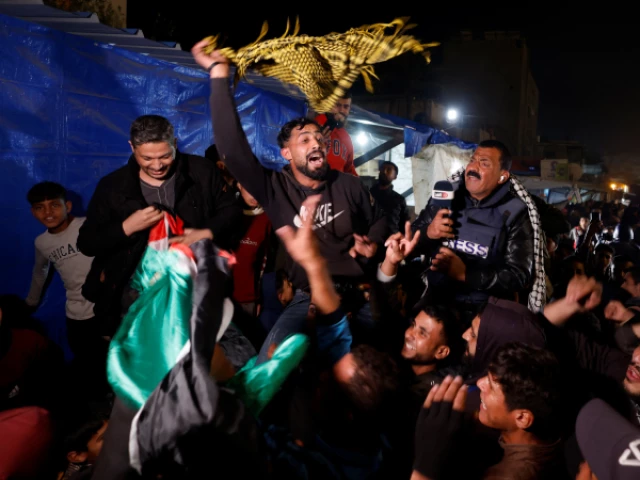
Israel and Hamas have reached a phased ceasefire deal, marking a critical step toward ending the devastating conflict in Gaza that has lasted for over 460 days.
The announcement was made on Wednesday by Qatar’s Prime Minister Sheikh Mohammed bin Abdulrahman bin Jassim Al Thani.
The ceasefire is set to take effect on Sunday, with negotiators from Israel, Hamas, the United States, and Qatar continuing discussions on implementation details. An Israeli government vote is expected on Thursday.
The war, which began in October 2023, has claimed more than 46,000 Palestinian lives, while leaving Gaza in ruins.
The ceasefire deal includes a temporary halt to fighting, the release of captives held by both sides, and the return of displaced Palestinians to their homes, though much of Gaza has been destroyed.
Phase One: Ceasefire, prisoner exchange, and humanitarian aid
The first phase of the deal, which will last six weeks, involves the release of 33 Israeli hostages taken during the October 7, 2023 attack, in exchange for a larger number of Palestinian prisoners. Among those to be freed are approximately 1,000 Palestinians detained since the attack.
As part of this phase, Israel will withdraw its troops from Gaza’s population centers and allow humanitarian aid to flow into the enclave, with up to 600 trucks per day.
A partial withdrawal will also take place in the militarized Netzarim Corridor, though it is expected to occur in stages. Civilians in northern Gaza, where humanitarian conditions are dire, will be permitted to return to their homes.
Israel has agreed to allow wounded Palestinians to leave Gaza for treatment and open the Rafah crossing with Egypt seven days after phase one begins.
Phases Two and Three: Negotiations and potential challenges
The second phase of the deal will involve the release of all remaining captives, including male soldiers, and more Palestinian prisoners in exchange.
Additionally, Israel is expected to initiate a complete withdrawal from Gaza. However, details remain unclear, and Israeli Prime Minister Benjamin Netanyahu faces opposition within his cabinet, particularly from far-right members who oppose any significant concessions to Hamas.
The third phase, still in negotiation, would involve the return of the bodies of remaining captives in exchange for a multi-year reconstruction plan for Gaza, under international supervision.
The reconstruction would be overseen by an interim governing authority, with the Palestinian Authority potentially playing a key role, though this remains a contentious issue.
Reconstruction and governance in post-war Gaza
Post-war governance and the reconstruction of Gaza are among the most complex issues yet to be resolved.
The United States has proposed an international effort to oversee Gaza's rebuilding, but this plan hinges on the support of Arab states, including Saudi Arabia, and a commitment to Palestinian statehood, which remains a point of contention.
While Israel has agreed to a two-state solution in the past, any post-war administration in Gaza remains uncertain, with no alternative proposals from the Israeli government as of yet.
As the first phase of the ceasefire nears, the international community hopes the deal can lead to lasting peace in Gaza and the wider region.
However, numerous challenges remain in ensuring that the second and third phases are successfully implemented.


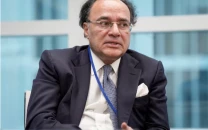

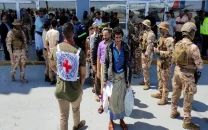



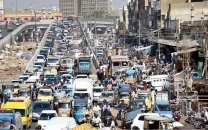
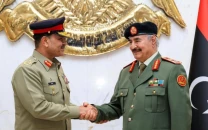


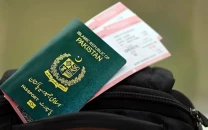






COMMENTS
Comments are moderated and generally will be posted if they are on-topic and not abusive.
For more information, please see our Comments FAQ